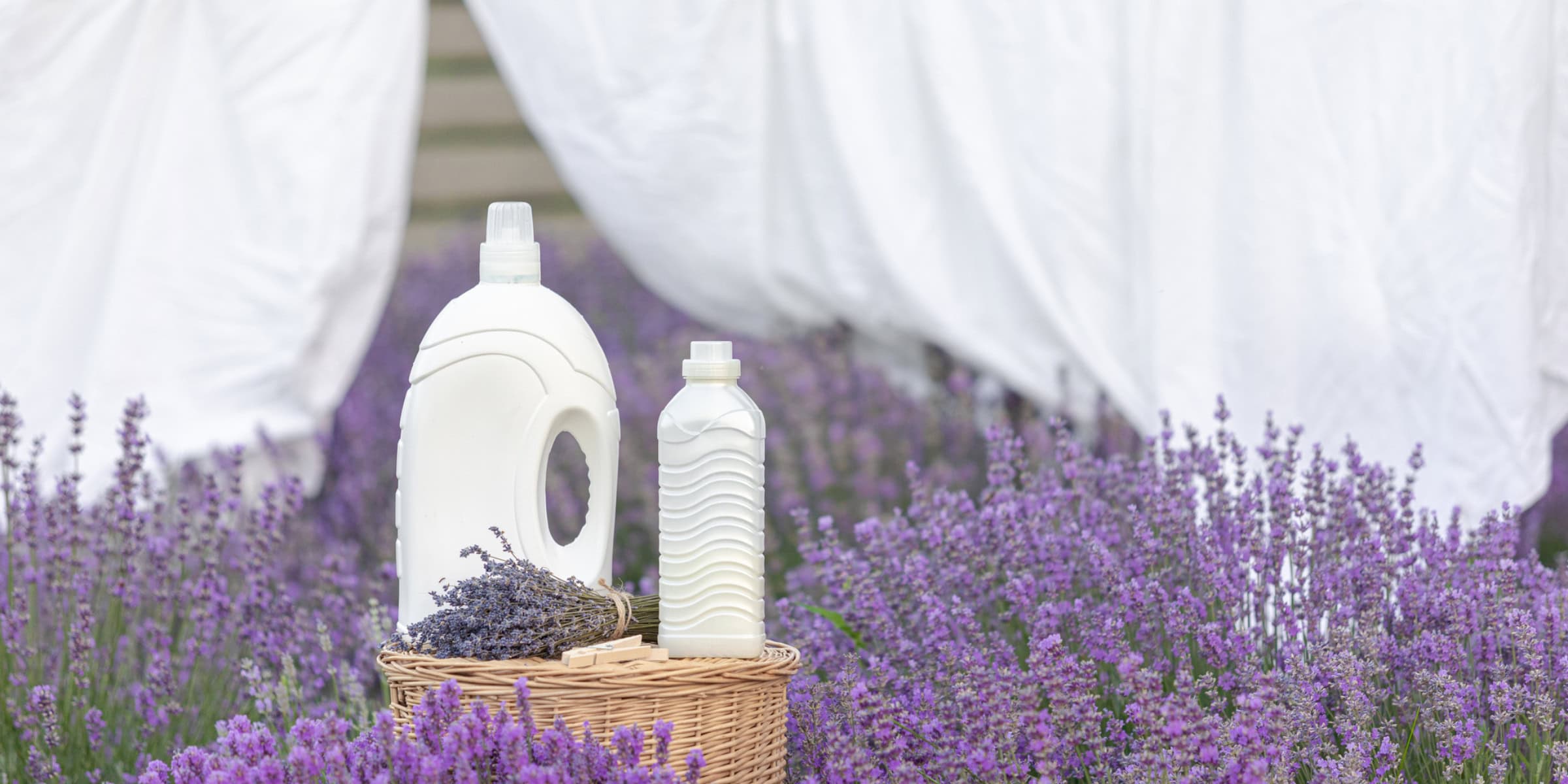Do you love the smell of freshly laundered clothes? Do you use fabric softeners to keep your clothes feeling soft and smelling good?
While fabric softeners may seem like a harmless addition to your laundry routine, they can actually be filled with harmful chemicals that can affect your health. It’s important to be aware of these chemicals and know how to avoid them.
In this article, you will learn about the common harmful chemicals found in fabric softeners and the risks associated with their use. You will also discover safer alternatives to traditional fabric softeners, including DIY recipes that are both effective and safe.
By following these tips, you can ensure that your laundry routine is not only keeping your clothes fresh and clean, but also keeping you and your family safe from harmful chemicals.
Common Harmful Chemicals in Fabric Softeners
You may not realize it, but the products you use to make your clothes feel cozy and smell fresh could actually be exposing you and your loved ones to some pretty nasty substances. Fabric softeners are notorious for containing chemicals that can cause toxicity concerns. Some of the most common harmful chemicals found in these products are quaternary ammonium compounds or “quats.” These substances can cause skin irritation, allergies, and even respiratory issues.
Aside from the toxicity concerns, fabric softeners also have a negative impact on the environment. These products contain chemicals that do not break down easily in the environment and can contribute to water pollution. The synthetic fragrances used in fabric softeners also release harmful volatile organic compounds or VOCs into the air. These VOCs can cause headaches, dizziness, and other health issues.
To avoid exposing yourself and your family to these harmful chemicals, it’s best to opt for natural fabric softeners or skip the use of fabric softeners altogether. You can try using wool dryer balls or adding a cup of white vinegar to your wash cycle to naturally soften your clothes. Not only will this be safer for your health and the environment, but it’ll also save you money in the long run.
So, next time you do laundry, think twice before reaching for that bottle of fabric softener.
Risks Associated with Fabric Softener Use
It’s important to be aware of the potential dangers linked to the usage of fabric softeners, as they may pose health risks to you and those around you.
One of the risks associated with fabric softener use is the impact on pets. Some of the chemicals in fabric softeners, such as benzyl acetate and chloroform, may cause irritation and allergic reactions in pets. They may also lick the residue off of laundry and ingest the harmful chemicals, leading to serious health problems.
Another risk associated with fabric softener use is the environmental impact of its production. Fabric softeners contain a variety of chemicals, some of which are toxic and non-biodegradable. These chemicals can have a negative impact on the environment, such as contaminating water sources and harming aquatic life. Furthermore, the production of fabric softeners requires a significant amount of energy and resources, contributing to carbon emissions and other environmental issues.
Considering the potential risks, it’s important to be mindful of the products you use and their impact on your health and the environment.
There are alternatives to traditional fabric softeners, such as using dryer balls or adding white vinegar to the rinse cycle, that can still provide the desired softness and reduce static cling without the harmful chemicals.
By making informed decisions about the products you use, you can help protect yourself, your pets, and the environment.
Safer Alternatives to Traditional Fabric Softeners
If you want to keep your clothes soft and cozy without putting yourself or the environment at risk, there are some great alternatives to traditional fabric softeners out there! Eco-friendly options are becoming more and more popular, and for good reason.
These products are often made with plant-based ingredients, which are much safer for both your health and the planet. One such alternative is wool dryer balls. These are simply balls of wool that you toss into your dryer with your clothes. They help to fluff up your laundry and reduce static, all without any harmful chemicals. Plus, they last for hundreds of loads, so they’re a great investment that will save you money in the long run.
Another eco-friendly option is using white vinegar as a fabric softener. Simply add a half cup of white vinegar to your washing machine during the rinse cycle. Not only will this soften your clothes, but it will also help to remove any lingering odors. And don’t worry, your clothes won’t smell like vinegar once they’re dry!
With these natural ingredients, you can achieve the same softness and coziness without any of the risks associated with traditional fabric softeners.
DIY Fabric Softener Recipes
Get ready to create your own fabric softener with these DIY recipes! Not only will you be avoiding harmful chemicals found in traditional fabric softeners, but you’ll also be using natural ingredients that are cost-effective options. Plus, you can package your DIY fabric softener in eco-friendly packaging, making it a sustainability focus for your household.
One easy recipe for DIY fabric softener is to mix equal parts white vinegar and water in a spray bottle. Simply spray the mixture onto your clothes before tossing them in the dryer. The vinegar smell will dissipate as the clothes dry, leaving them soft and static-free.
Another option is to mix 1 cup of baking soda with 1 cup of water and 6 drops of essential oil in a jar. Shake well and add 1/2 cup of the mixture to your laundry during the rinse cycle.
Not only are these DIY fabric softener recipes better for your health and the environment, but they’re also easy to make and cost-effective. Plus, you can customize the scents to your liking with essential oils. Give them a try and see the difference for yourself!
Tips for Choosing Safe and Effective Fabric Softeners
When choosing a fabric softener, you want to make sure it’s both safe and effective, so here are some tips to help you make the best decision for you and your family.
First, consider eco-friendly options. Many fabric softeners contain harmful chemicals that can harm the environment and even your health. Look for products that are biodegradable and made with natural ingredients.
Next, read the label carefully. Avoid fabric softeners that contain fragrances, dyes, and preservatives, as these can cause skin irritation and respiratory problems. Instead, opt for products that are free from these harmful ingredients. You can also look for fabric softeners that are hypoallergenic and designed for sensitive skin.
Finally, consider making your own fabric softener. DIY fabric softener recipes are a great way to avoid harmful chemicals and save money. You can use natural ingredients like vinegar, baking soda, and essential oils to make your own fabric softener that is safe and effective.
With these tips, you can choose a fabric softener that is good for you, your family, and the environment.
Conclusion
Congratulations! You’ve just learned about the harmful chemicals present in traditional fabric softeners and their associated risks. But don’t worry, there are safer alternatives available!
Consider switching to plant-based or fragrance-free fabric softeners, or try making your own DIY fabric softener using natural ingredients like vinegar or baking soda. When choosing a fabric softener, be sure to read the label carefully and avoid products containing harmful chemicals like phthalates, parabens, and synthetic fragrances.
By taking these simple steps, you can enjoy softer, fresher clothes without putting your health at risk. Your skin and the environment will thank you!




